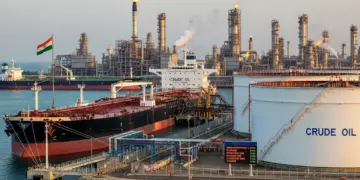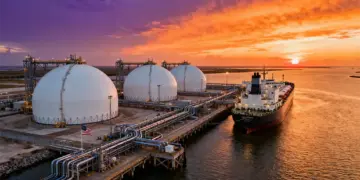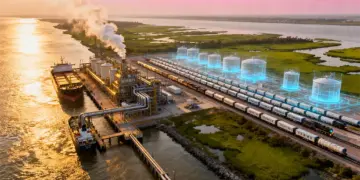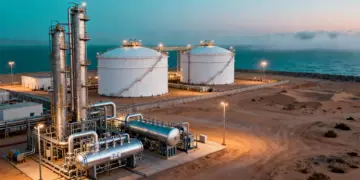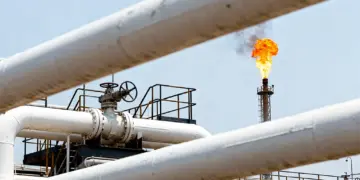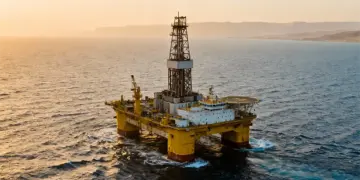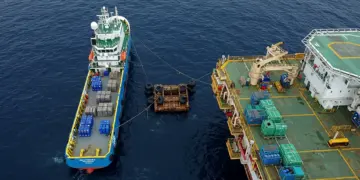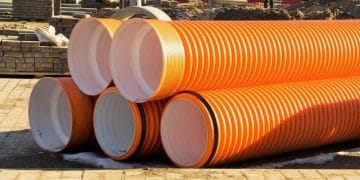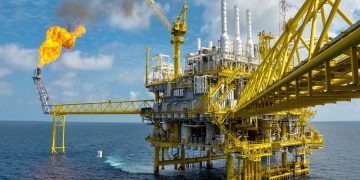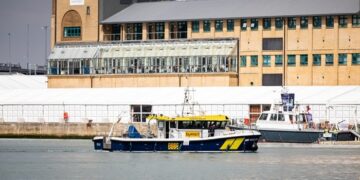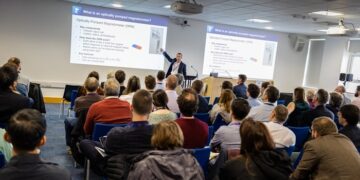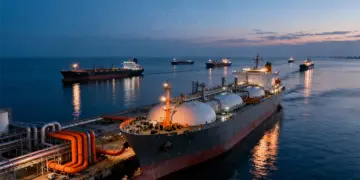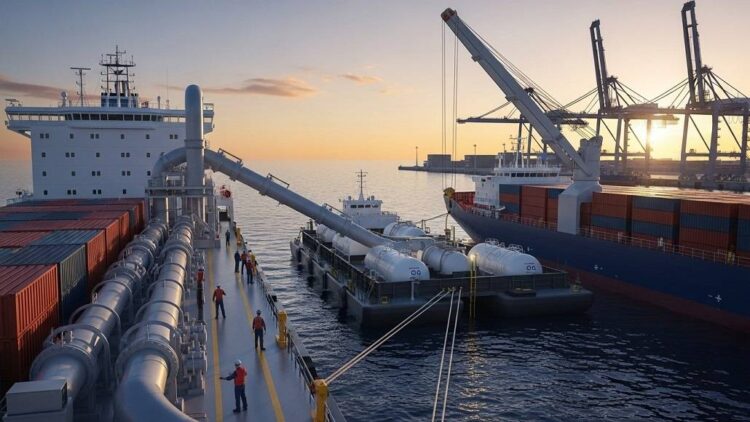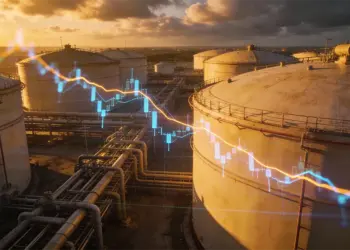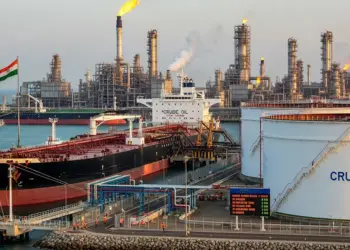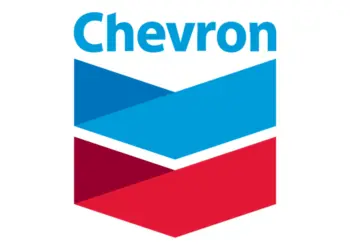Shanghai has successfully completed the first ship-to-ship transfer of liquid carbon dioxide (LCO₂) that was taken from a ship’s emissions. The operation took place on June 19 at the Shengdong Terminal of Yangshan Deepwater Port, when the barge “Dejin” and the cargo ship “EVER TOP” from Panama docked. The EVER TOP, the first container ship in history to have onboard carbon capture equipment, was able to successfully discharge the collected CO₂ directly to another ship.
This comes after it successfully transferred collected CO₂ from a ship to the land for the first time ever at the same port in 2023. The Onboard Carbon Capture and Storage (OCCS) technology lets ships catch and store CO₂ from their exhaust while they are at sea.
It costs around $10 million to add this technology to a big container ship like the 14,000-TEU EVER TOP. That’s less than half the cost of changing the ship to operate on methanol or ammonia, which are the two most common ways to cut down on emissions right now. Carbon dioxide that is collected is not thrown away. It may be marketed for use in factories, and each ship might bring in up to $8 million a year in sales. This turns emissions, which were long thought of as trash, into a business advantage. One of the biggest problems in capturing carbon aboard ships has been getting the CO₂ off the ships. A lot of industrial purchasers are close to tiny ports that can’t handle big ships. This has made dumping expensive and hard to plan.
This issue is fixed by the new ship-to-ship transfer mechanism. The CO₂ may now be moved straight from one ship to another while at sea or moored offshore, so it doesn’t need particular port infrastructure. This makes the procedure more flexible and cuts down on shipping expenses by a lot. Du Mingsai, who was in charge of the transfer, claimed that ship-to-ship transmission is far more effective than other ways. An average tanker truck can only carry a few tonnes of gas, whereas a CO₂ carrier may carry dozens or even hundreds of times that amount.
This makes it simpler to grow the business and satisfy the demands of industrial users in various parts of the world. This new technology completes a full “closed-loop” cycle. It starts with capturing carbon on board, then liquefying and storing it, and finally transferring it from ship to ship for distribution to end consumers. The whole procedure is now done at sea, thus there is no need for significant port infrastructure. Officials said that Shanghai’s successful demonstration has created a “Shanghai Solution” that may be used throughout the world to reduce carbon emissions from ships.
The International Maritime Organisation (IMO) says that the shipping industry releases over 1 billion tonnes of CO₂ per year, which is about 3% of total emissions. The Shanghai Institute’s experts are currently collaborating with the IMO’s new working group on OCCS systems. Their expertise could assist set worldwide rules and standards for capturing carbon on board ships and safely and efficiently moving it between ships.



